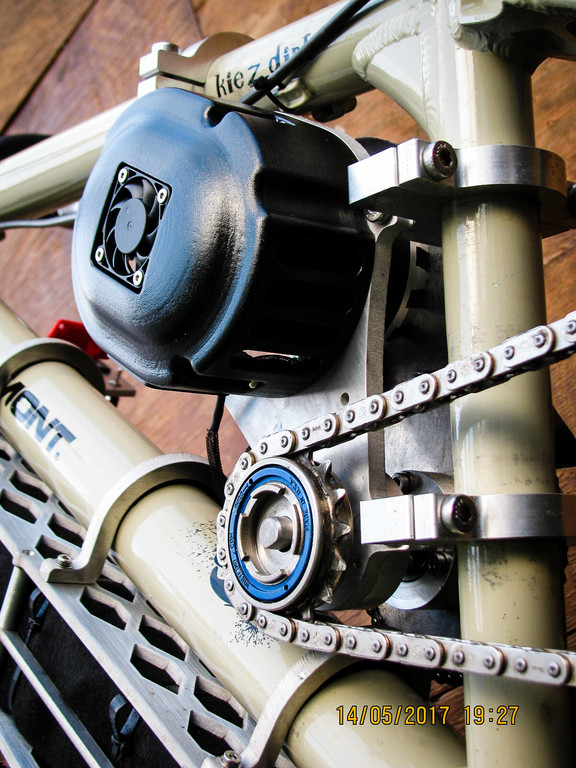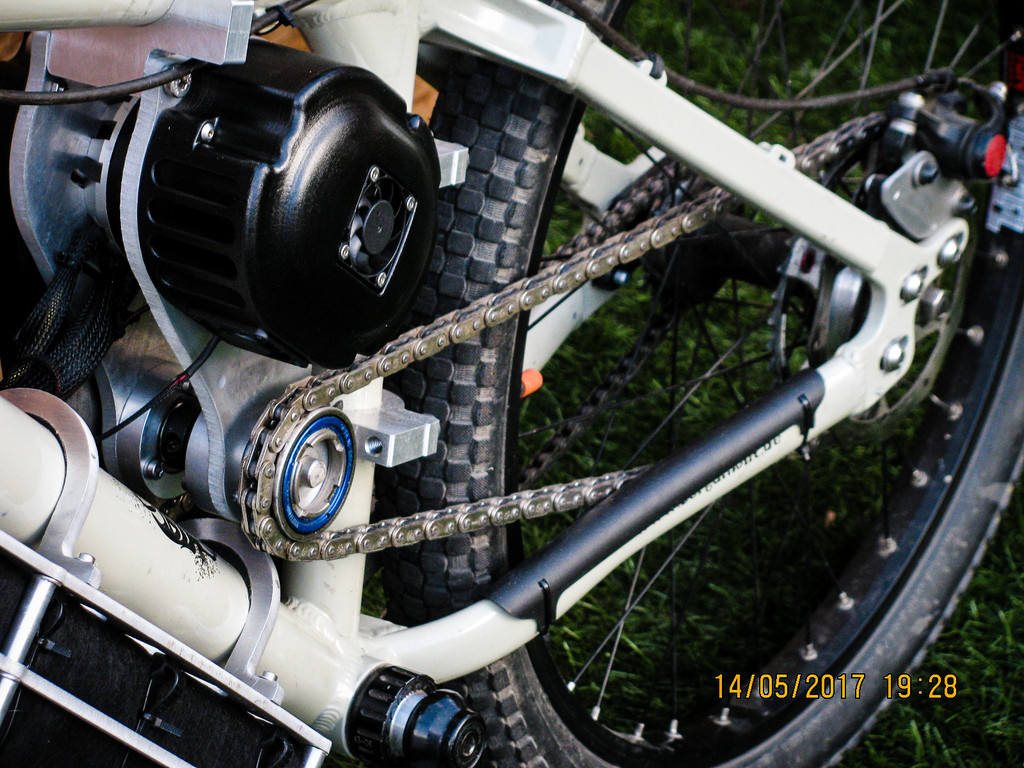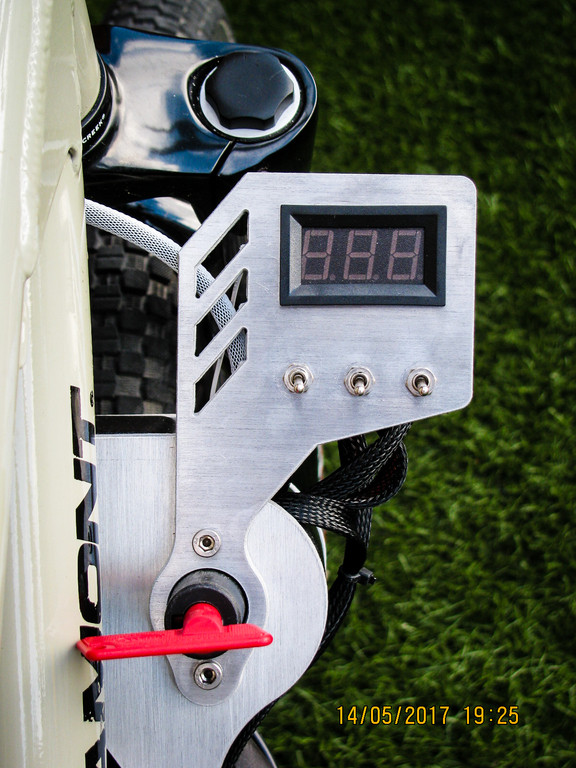Byte
1 kW
Ecyclist said:Thank you for info and a cool drawing. It looks like it will be a tight squeeze to fit that motor into my design.
So far, almost everything I ordered is out of stock, but according to Bruno he will be getting new delivery by mid March. So hopefully I will be getting my toys in a couple of weeks. Once I do, I will hook it all up and I will let you know about my experience.
Speaking of hooking it all up, do I assume correctly that because you use the Castle controller you are running your motor sensorless?
Are you happy with the start up, running it without hall sensors?
You have a very streamlined setup, and I wonder what throttle you have and how you connected the throttle to the Castle controller?
Did you use Alien interface, and if so, was it difficult to hook it up?
Good luck with your project. You should be proud of what you've done so far.
I saw you found the topic for connecting the throttle to a RC ESC. I run the motor sensorless and I am quite happy with the start up. However, always start pedal to get it going and after that start with applying throttle. (If you don't do this, you might blow the ESC) I did use the Alien interface, its quite good to use as far as I remember.
I did some runs with the bicycle as it was perfect weather last weekend. The bicycle handles so well, is amazingly lightweight and it is so much fun driving it! Its very fast and wheelies easily. Top speed measured by GPS was 67 km/h (41 mph) which is very fast on a bicycle without gloves and helmet

The peak Wattage is measured at 13.000 W at 346A, which is a lot. I am really pushing everything to the limits!

I will try to post a video next time. I am playing with the idea to change the gear ratio, to get a topspeed of over 100 km/h. Just for one time, just for fun and to drive 100 km/h on a bicycle









